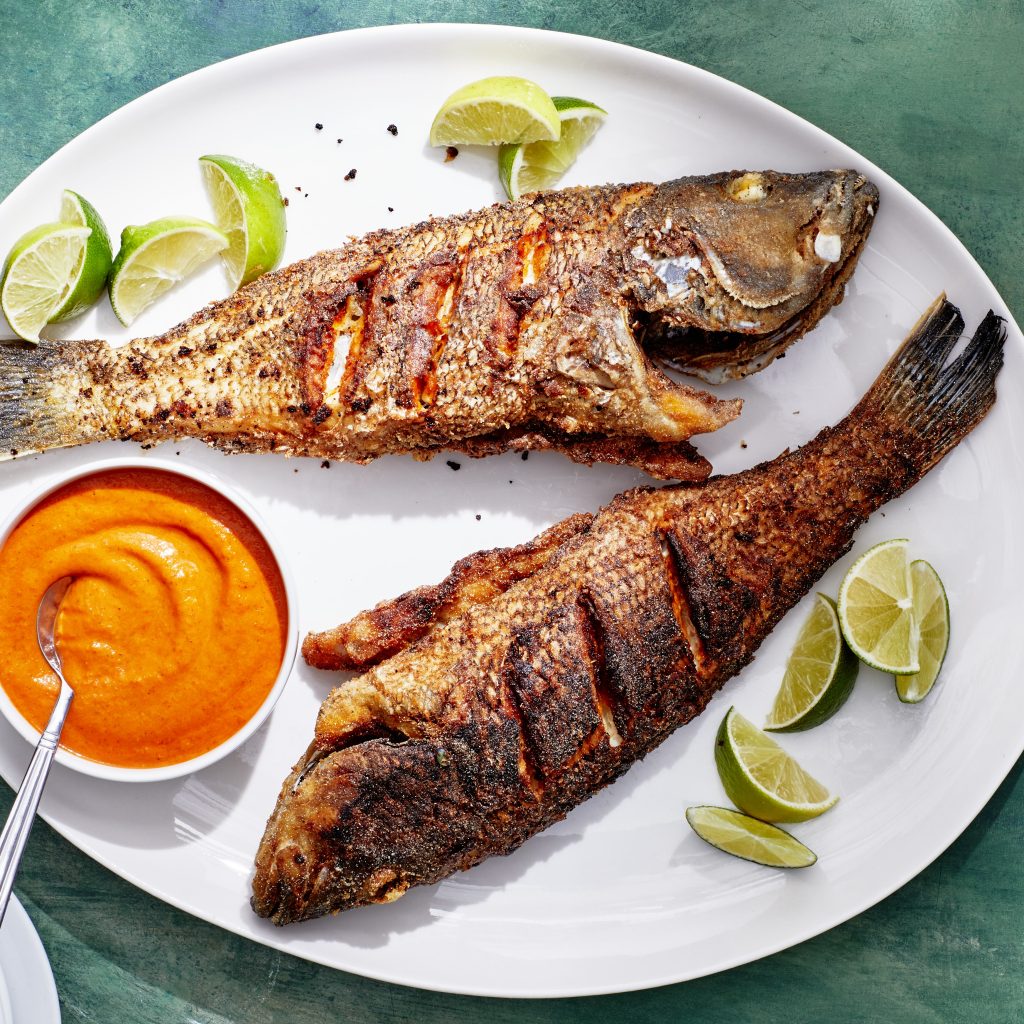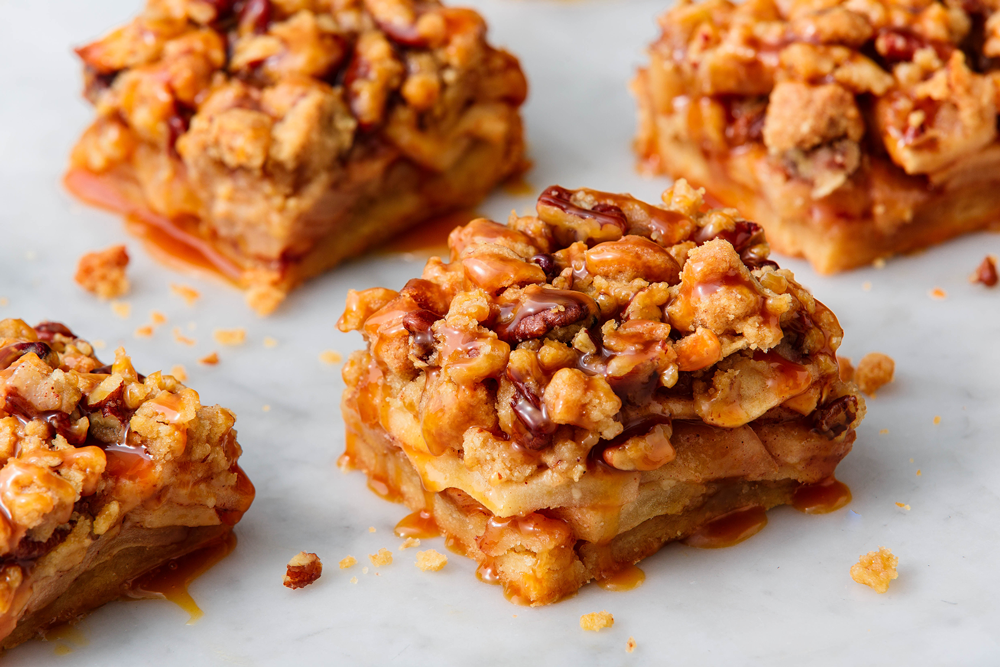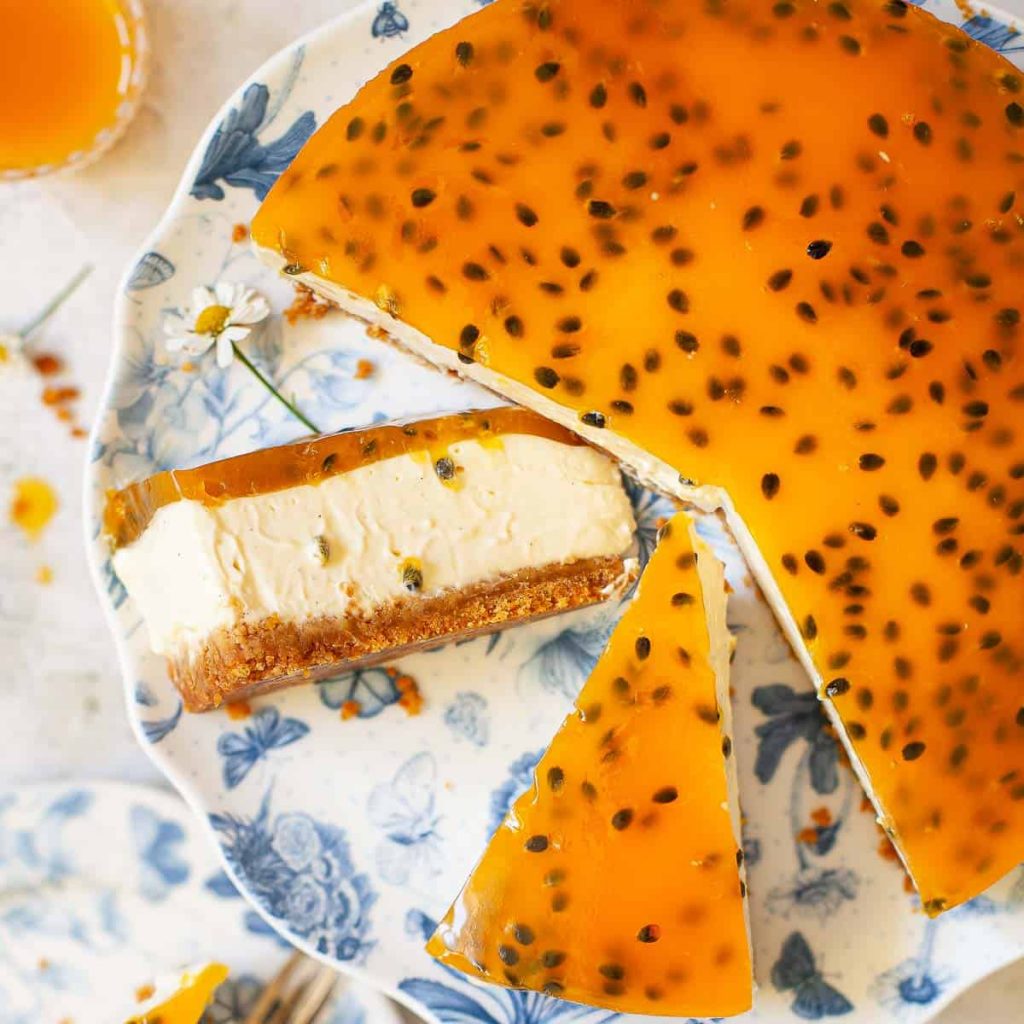Thai Green Curry is a savory, creamy, coconut-y (is that a word?) curry that is packed with flavour. It is one of the easiest dishes to make at home, especially if you’re using store-bought green curry paste. There are a lot of options available in the market when it comes to good, authentic green curry pastes, but I recommend Real Thai and Pantai as those are the ones that I have personally tried. As long as you use a good quality curry paste, your curry will turn out to be almost as good as if you used freshly made curry paste.
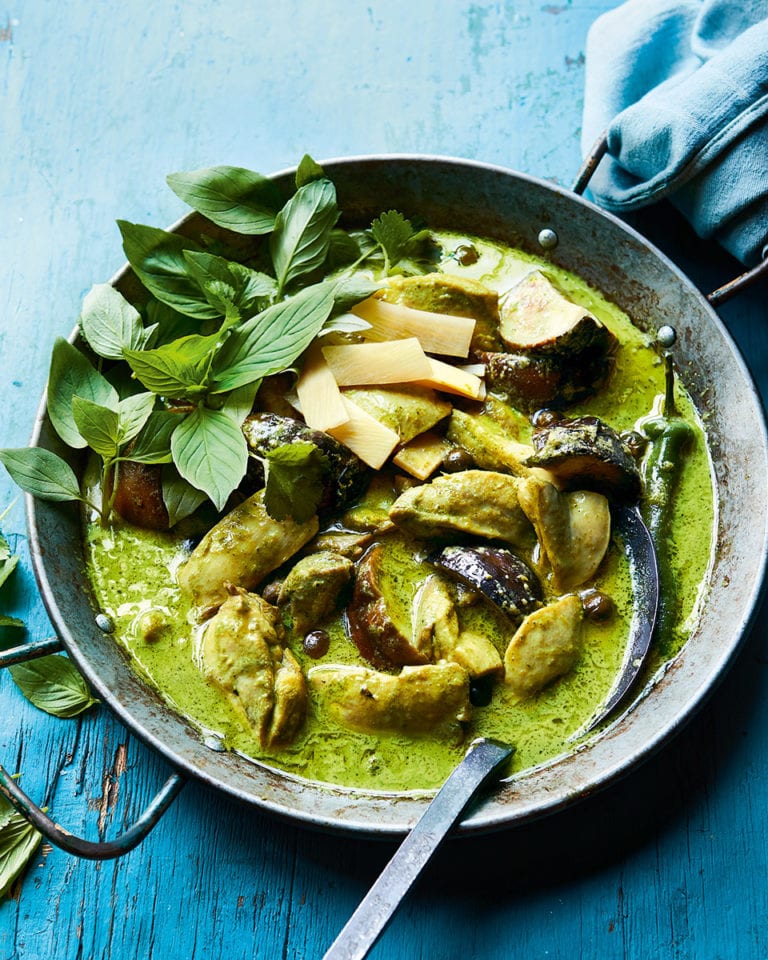
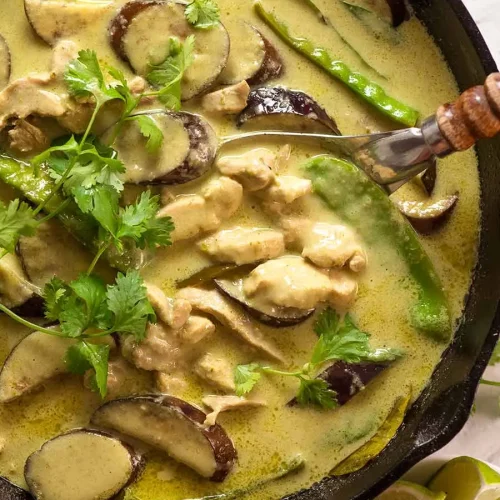
Thai Green Curry in 30 Mins
Equipment
- 1 pan
- 1 stove
Ingredients
- 50 gam green curry paste (~3 tbsp + 1 tsp)
- 2 stalks of dried lemongrass
- 200 ml thick coconut milk
- 250 gam chicken thighs, cut into 2 inch cubes
- 3/4 tbsp fish sauce
- 1/2 cup chicken stock
- 2 small eggplants, cut into 1 inch cubes
- 1 medium carrot, sliced diagonally
- 1 small red bell pepper, cut into thin slices
- 3/4 tsp sugar
- 2 small green chillies, slit into halves*
- 3 tbsp refined oil
- Coriander leaves, to garnish
Instructions
- Heat oil in a medium sized kadai or wok.
- Add the green curry paste and lemongrass stalks and fry on medium low heat until fragrant, about 1 to 2 minutes. Don’t let the paste burn.
- Add half of the coconut milk and fry for about 2 to 3 minutes until oil starts to separate from the mixture.
- Add the chicken pieces and fish sauce. Stir to mix.
- Add the chicken stock, the remaining coconut milk and sugar.
- Turn the heat to medium high and cook for 3 minutes or until the mixture comes to a boil.
- Add the vegetables and stir to combine.
- Cover and cook for around 8 to 10 minutes until the vegetables are cooked.
- Add the green chillies and mix. Check the seasoning and add more sugar or fish sauce if needed.
- Turn off the heat and let the curry sit covered for about 10 minutes. This will allow to curry to thicken and become more creamy.
- Serve, garnished with chopped coriander leaves.
Video
Notes
- If you’re replacing the fish sauce with soy sauce, add 1 tsp of the soy sauce first, check for seasoning and then add more if needed.
- If you want a spicier curry, you can add more green chillies.
- Use 1 tsp lemon juice to substitute the lemongrass.
Nutritional Ingredients of Thai Green Curry

- Coconut Milk: Coconut milk adds creaminess to the curry and provides healthy fats that promote satiety and brain health.
- Green Chilies: Green chilies bring a mild to moderate level of spiciness and are rich in vitamins A and C, promoting immunity and metabolism.
- Herbs (Basil, Kaffir Lime Leaves, Lemongrass): These aromatic herbs add depth to the curry while providing antioxidants and essential oils that aid digestion.
- Protein (Chicken, Shrimp, Tofu): Protein sources such as chicken, shrimp, or tofu contribute to muscle health and repair, and help maintain a feeling of fullness.
- Vegetables (Bell Peppers, Eggplant, Peas): A medley of vegetables adds vitamins, minerals, and dietary fiber that support overall health and digestion.
- Curry Paste: Thai curry paste contains spices like coriander, cumin, and turmeric, which offer anti-inflammatory benefits and aid digestion.
- Fish Sauce: Fish sauce enhances the savory profile of the curry and contributes to a small amount of sodium.
- Lime Juice: Lime juice not only adds tanginess but also provides vitamin C, an antioxidant that boosts immunity.
- Sugar (optional): A small amount of sugar may be used to balance flavors; however, its quantity can be adjusted to personal preference.
- Jasmine Rice: While not part of the curry itself, serving Thai Green Curry with jasmine rice provides carbohydrates for energy and fiber for digestion.
Serving Suggestions for Thai Green Curry
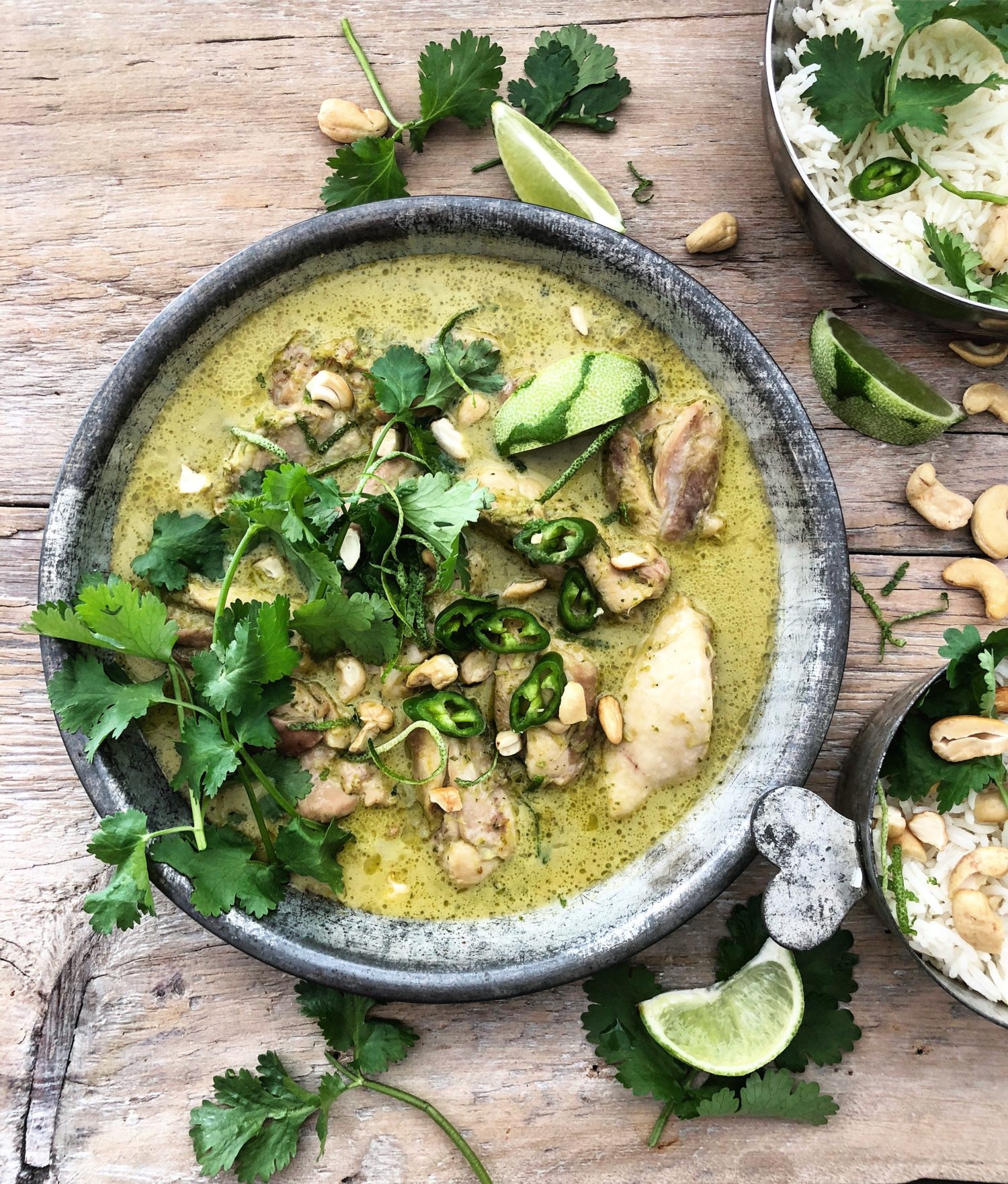
- Fragrant Jasmine Rice: A classic choice, jasmine rice is the perfect canvas to soak up the flavorful curry. Its mild, slightly sweet aroma harmonizes beautifully with the aromatic herbs and spices in the dish.
- Coconut Rice: For an extra touch of indulgence, opt for coconut rice. Its creamy texture and subtle coconut undertones complement the coconut milk-based curry magnificently.
- Fresh Herb Garnish: Sprinkle fresh cilantro or Thai basil leaves on top of the curry before serving. Their vibrant colors and herbaceous flavors add a burst of freshness to each bite.
- Pickled Vegetables: The tanginess of pickled cucumbers, carrots, or shallots balances the richness of the curry. It offers a refreshing contrast that cleanses the palate.
- Thai Condiments: Serve Thai Green Curry with condiments like sliced green chilies, lime wedges, and fish sauce on the side. Diners can adjust the heat and flavors to their liking.
- Thai Iced Tea: Quench your thirst with a glass of Thai iced tea. Its sweet, milky taste provides a cooling contrast to the spiciness of the curry.
- Fresh Fruit Platter: End your meal on a sweet note with a platter of fresh tropical fruits like mango, pineapple, and papaya. Their natural sweetness complements the savory curry.
- Crispy Spring Rolls: Add a delightful crunch to your meal with crispy Thai spring rolls. The contrast in textures creates a satisfying balance.
- Coconut Water: For a light and refreshing beverage, serve chilled coconut water. Its natural electrolytes are a perfect match for the richness of the curry.
- Mango Sticky Rice: Indulge in a classic Thai dessert – mango sticky rice. The creamy coconut rice pairs beautifully with the exotic sweetness of ripe mango.
FAQs of Thai Green Curry

- What is Thai Green Curry’s spice level? Thai Green Curry is mildly spicy. Adjust the amount of green chili to control the heat according to your preference.
- Can I make it vegetarian? Absolutely! Swap chicken or shrimp with tofu or a medley of your favorite vegetables for a delicious vegetarian version.
- How do I store leftovers? Refrigerate the curry in an airtight container. When reheating, gently warm it on the stove, and add a splash of coconut milk to restore its creaminess.
- Is it gluten-free? Yes, Thai Green Curry is typically gluten-free. However, ensure that the curry paste and other ingredients you use are also gluten-free.
- Can I freeze leftover curry? Yes, you can freeze leftover curry in a freezer-safe container for up to 2-3 months. Thaw it in the refrigerator before reheating.
Savor the magic of Thai Green Curry – a symphony of aromatic herbs, creamy coconut, and vibrant spices. This dish invites you on a culinary adventure that tantalizes taste buds and warms the soul. Indulge in the perfect harmony of flavors, transporting you to the heart of Thailand with every delightful bite.
